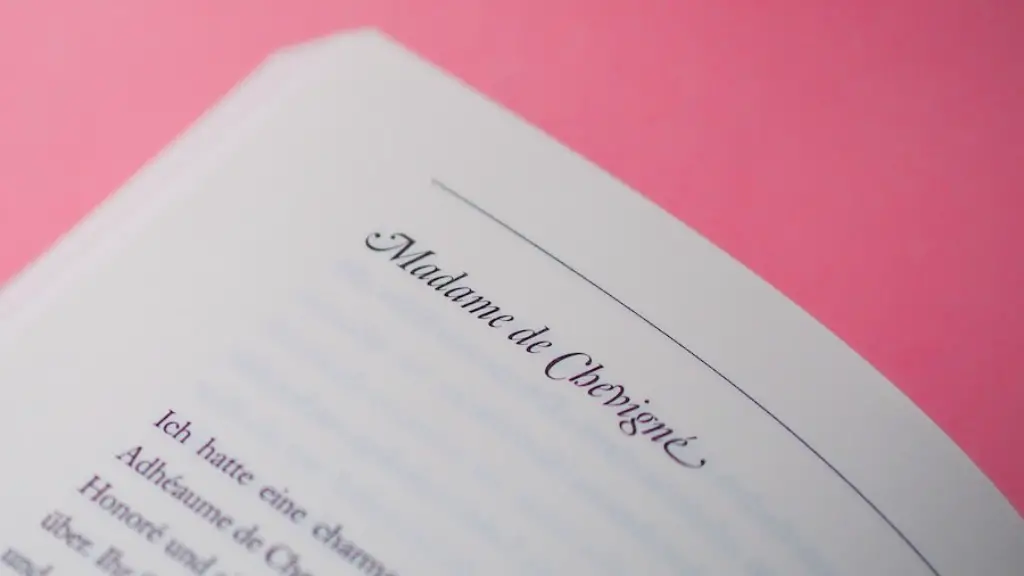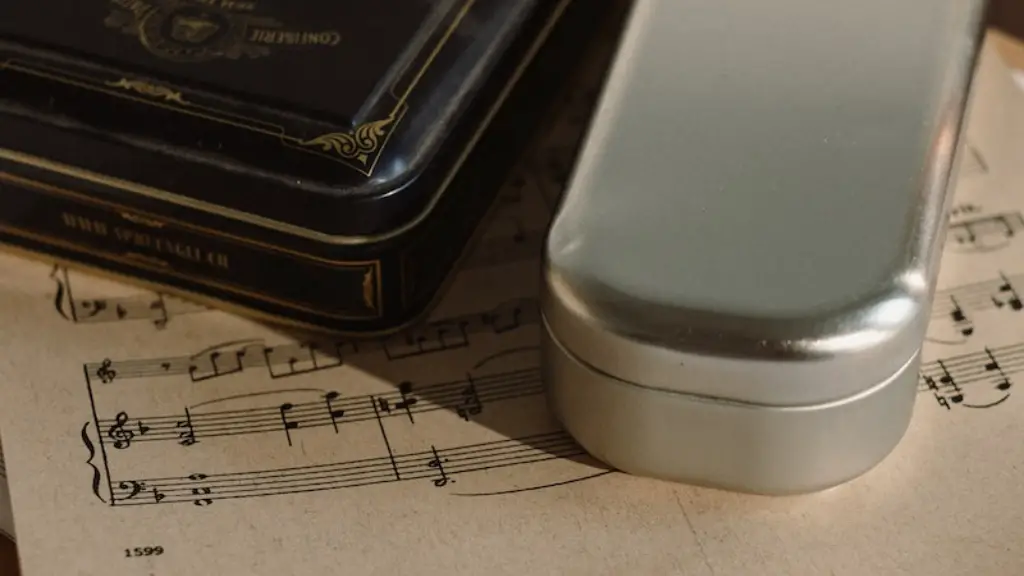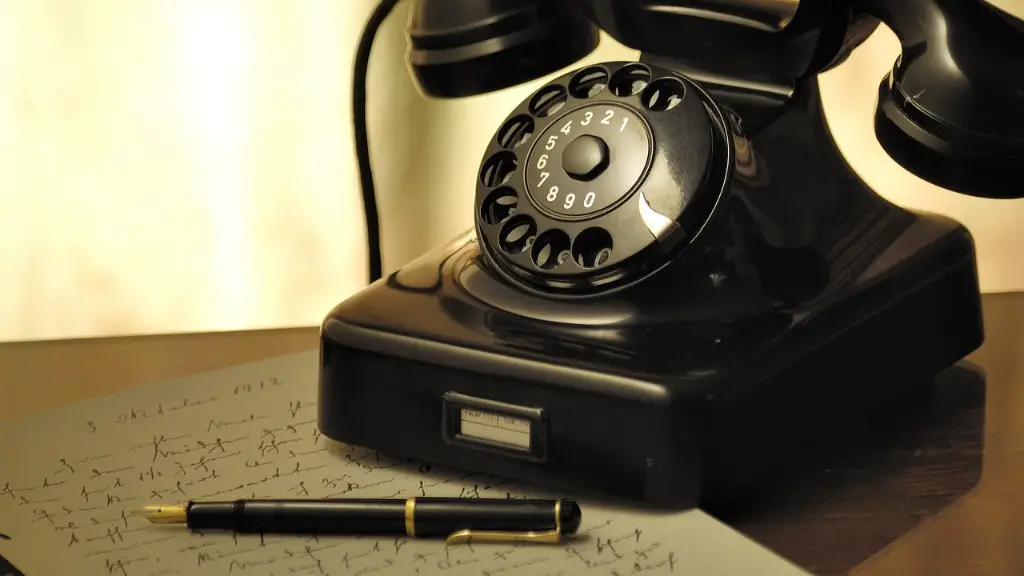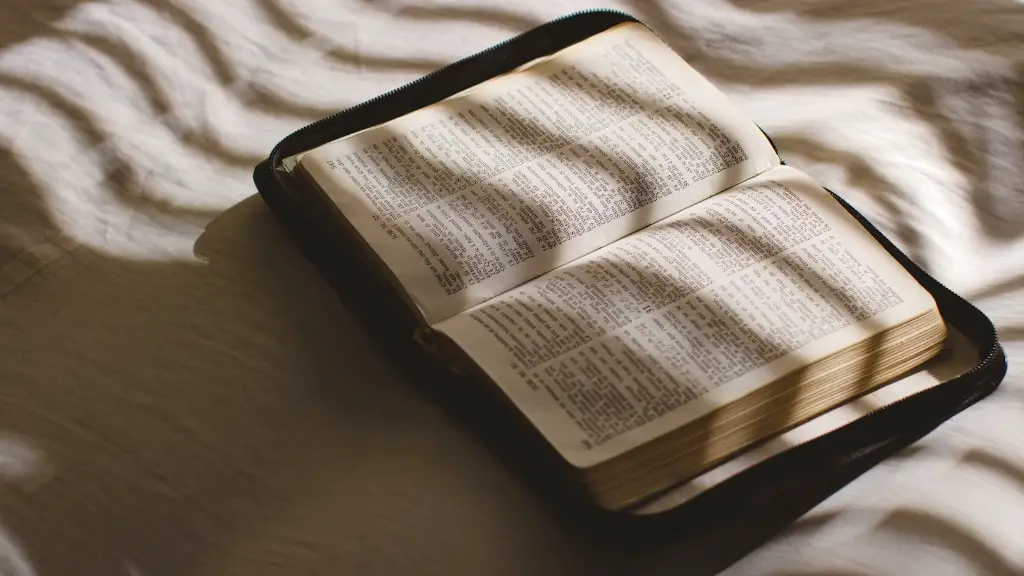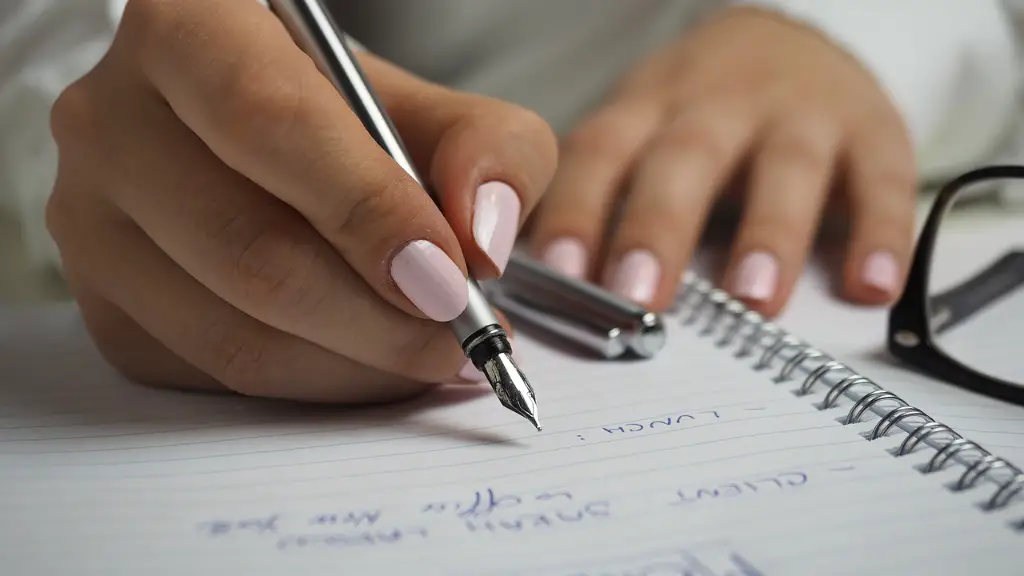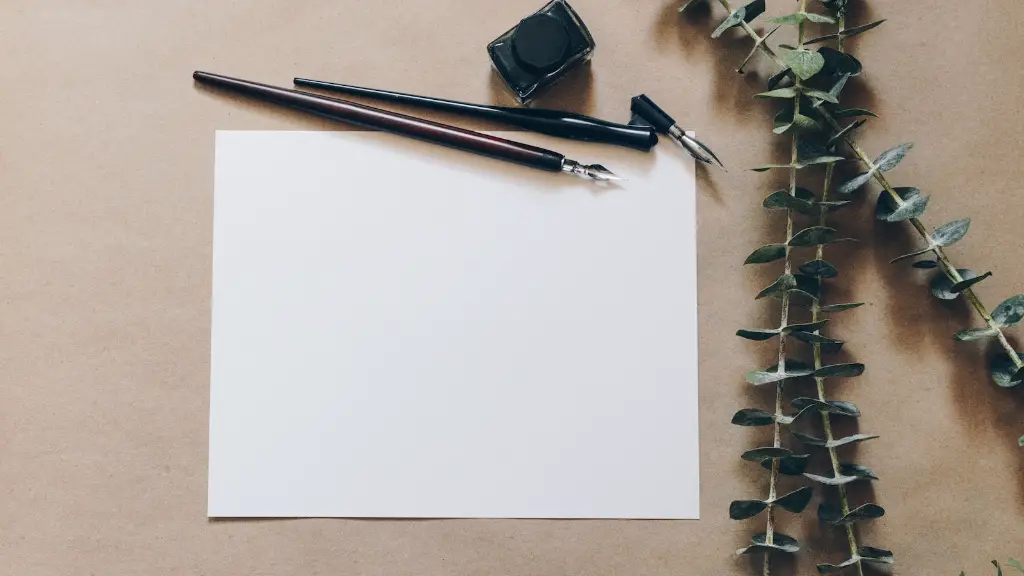Different Types of Meters
Poetry has its own unique way of conveying a message, and one of the major components used to create meaning in poetry is meter. Meter is the rhythm created by stressed and unstressed syllables in a poem, which produces a specific beat or cadence. By understanding the types of meters a poet has to choose from, we can consider how poems can vary in tone, emotion, and impact.
Iambic Pentameter
Let’s start with a meter that is likely the most famous: the Iambic pentameter. Iambic pentameter is typically used in Shakespearean sonnets, and is a series of five iambs per line. An iamb is a two-syllable phrase in which the first syllable is unstressed and the second is stressed. An example of a line written in iambic pentameter is:
“But soft, what light through yonder window breaks”
This line contains five iambs, with each word in the line alternating between being stressed and unstressed. Iambic pentameter is often used to convey grace, beauty, and sophistication by creating a gentle, pastoral rhythm. It is also common in romantic poetry, as it creates a hypnotic quality.
Trochaic Meter
Trochaic meter is the opposite of iambic meter, as the first syllable in a two-syllable phrase is accented and the second is not. An example of a line written in trochaic meter is:
“Loud he laugh’d, and spoke in antic mood”
This line also contains five trochees, with each word in the line alternating between being accented and unaccented. Trochaic meter is often used to create a sense of power and urgency. It can also be used to match the rhythm of someone speaking in an active, animated way.
Anapestic Meter
Anapestic meter is created by using a series of three-syllable phrases in which the first two syllables are unaccented and the third is accented. An example line using anapestic meter is:
“Tis the voice of the sluggard, I heard him complain”
This line has four anapests, with each word of the line alternating between being unaccented and accented. Anapestic meter is usually used to create a sense of energy and drive. It can also be used to create light and playful tones, as it often carries a comedic quality.
Dactylic Meter
Dactylic meter is created by using a series of three-syllable phrases in which the first syllable is accented and the other two are not. An example of a line written in dactylic meter is:
“Cease your fun, ah, cease your jollity”
This line contains four dactyls, with each word of the line alternating between being accented and unaccented. Dactylic meter is usually used to convey a sense of grandeur and classicism. It is often used to create the feeling of a solemn and respectful atmosphere.
Spriadic Meter
Spriadic meter, also known as an irregular meter, is when the pattern of stressed and unstressed beats is inconsistent. Spriadic meter can be created by combining two-syllable, three-syllable, and four-syllable phrases, as well as using different combinations of stressed and unstressed syllables. An example of a line written in spriadic meter is:
“Which the breeze o’er the towering steep”
This line contains a combination of two-syllable and three-syllable phrases, with each word of the line alternating between being stressed and unstressed. Spriadic meter is often used to reignite the reader’s imagination by separating them from the typical poetic norms. It is usually used to create a feeling of surprise, adventure, and unexpected excitement.
Free Verse
Finally, free verse is a type of meter in which the poet does not adhere to any specific pattern of stressed and unstressed syllables. Rather than focusing on the rhythm of the language, free verse is driven more by imagery, emotion, and the logic of the poem’s argument. Free verse is often used to create a sense of natural conversation and storytelling, as well as allowing poets to break away from the constraints of traditional meter.
Visual Representation of Different Types of Meters
It is possible to represent different types of meters visually, by use of diagrams. For example, iambic pentameter can be represented as follows:
⁰⁰⁰/
⁰⁰⁰/
⁰⁰⁰/
The above diagram represents five ‘iambs’ or two-syllable phrases, in which the first syllable is unstressed and the second is stressed. Each line in the diagram is equivalent to one iamb, with the unstressed syllables being represented by a zero (⁰) and the stressed syllables being represented by a slash (/) .
The Role of Stress
It’s important to consider the role of stressed and unstressed syllables when discussing meter in poetry, as it is these that create different types of measures. Stressed syllables are heard by a reader as stronger, and make words and phrases sound louder and clearer. On the other hand, unstressed syllables are heard as weaker, and make words and phrases sound softer or like a mumble.
Understanding the role of stress can be the difference between creating a powerful and meaningful poem, or one that is dull and lifeless. By playing with the rhythm of stressed and unstressed syllables, we can create a range of poetics that evoke different moods and convey different messages.
Binary Form
Binary form is a type of meter in which each line has two beats, or two syllables. Each line usually follows a pattern of an accented syllable followed by an unaccented syllable. An example line written in binary form is:
“Gaily find and plain”
This line follows the pattern of an accented syllable (Gai-ly) followed by an unaccented syllable (find-and). Binary form is often used in children’s poetry, and can also be used to create a humorous, light-hearted tone.
Amphibrachic Meter
Amphibrachic meter is created by using a series of three-syllable phrases in which the first and third syllable are accented and the middle syllable is unaccented. An example line written in amphibrachic meter is:
“Though the cloud may darken the sky”
This line contains four amphibrachs, with each word of the line alternating between being accented and unaccented. Amphibrachic meter is often used to create a sense of lightness, as well as conveying a sense of hope in the face of adversity. It is also good for expressing strong, positive emotions.
Conclusion
As we can see, there are a wide range of meters a poet can choose from in order to create their desired effect. By understanding the various types of meters, we get to appreciate the power of poetry and all its possibilities. From the light and playful to the solemn and serious, each meter provides a way of conveying a message with powerful emotion.
